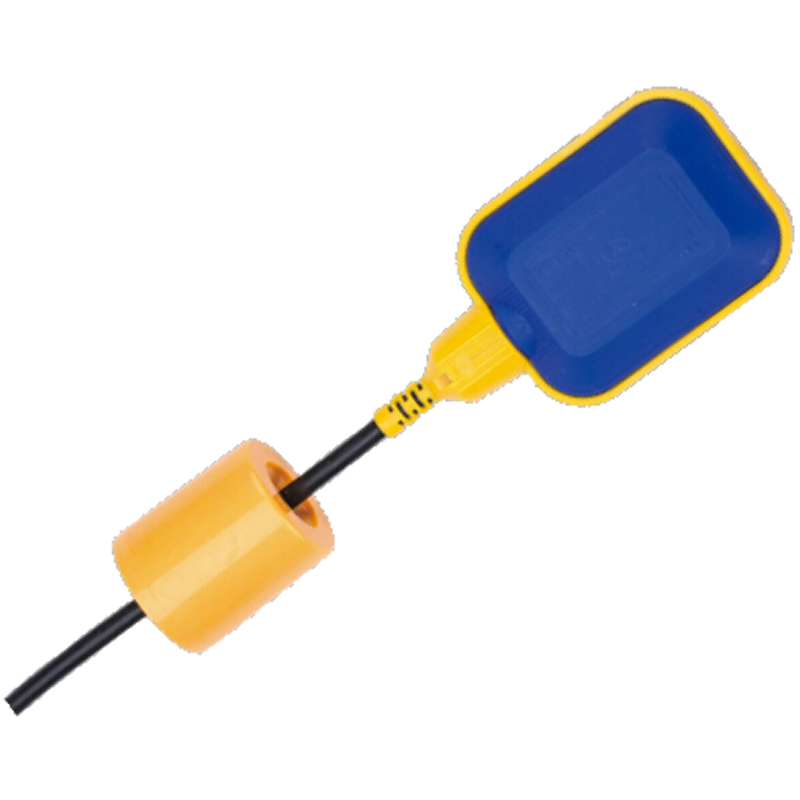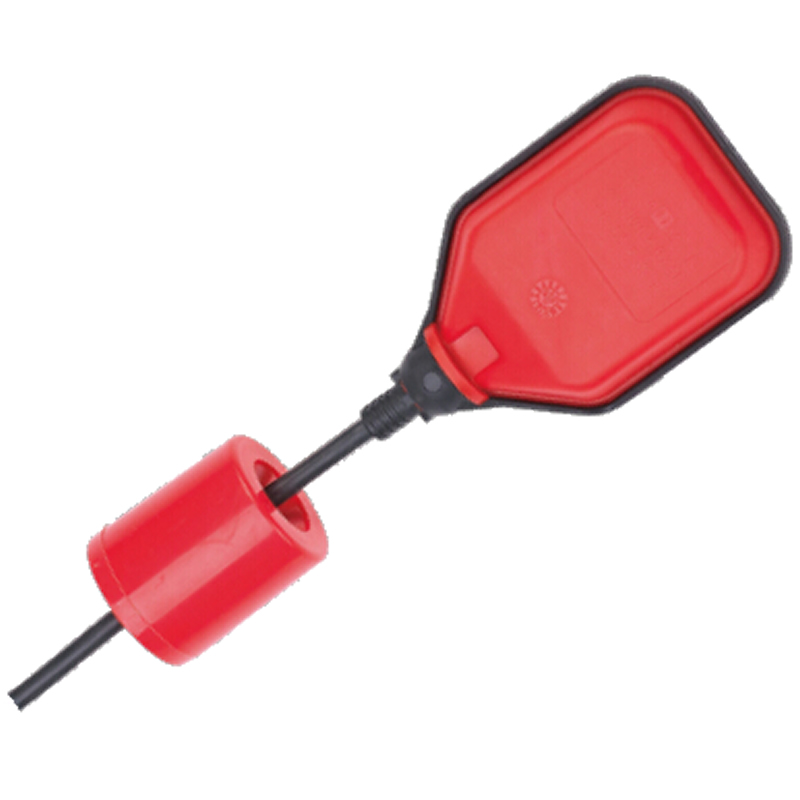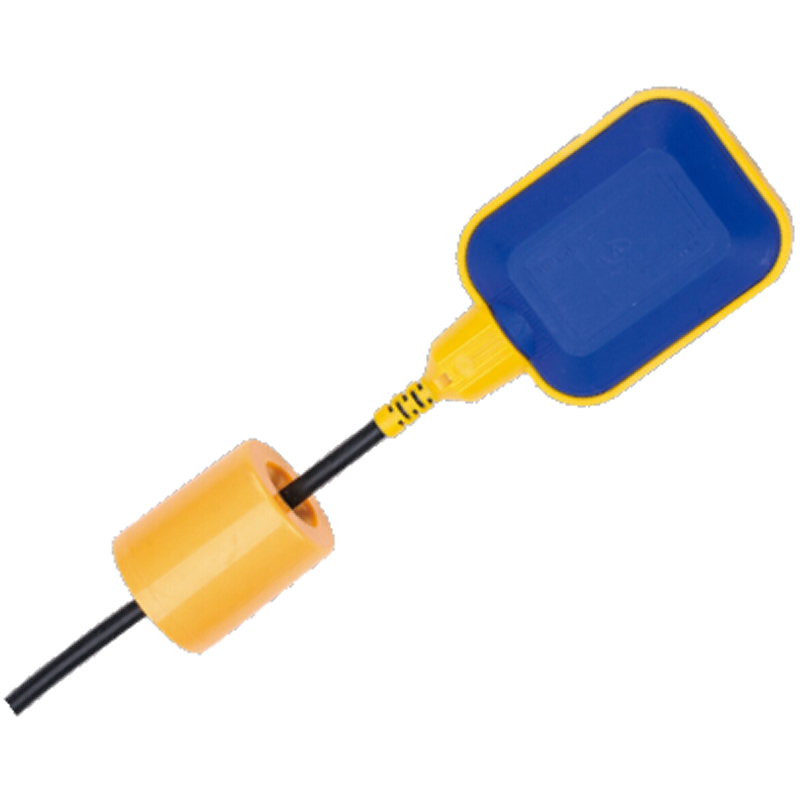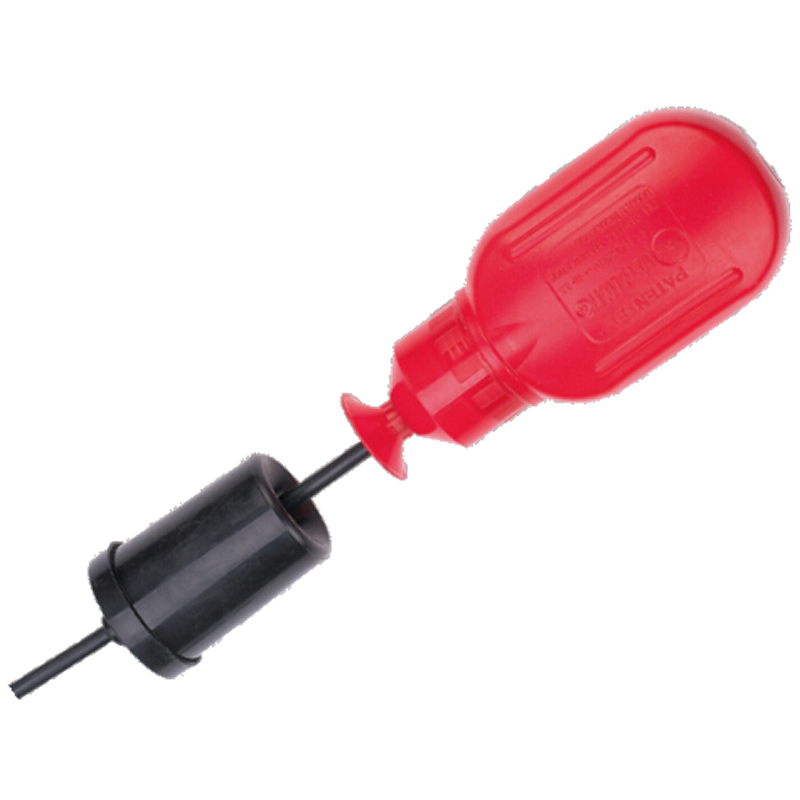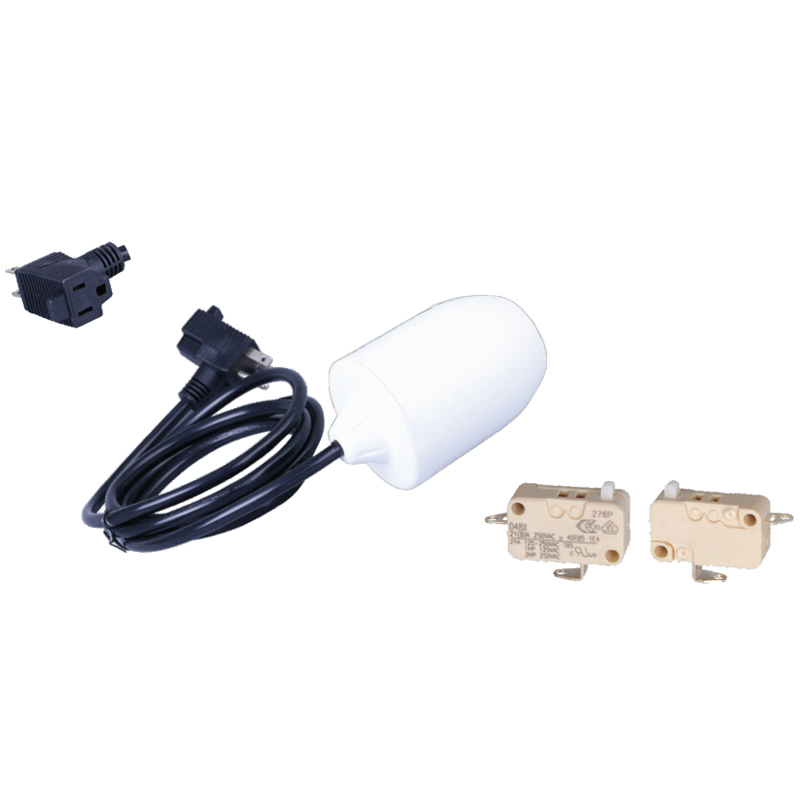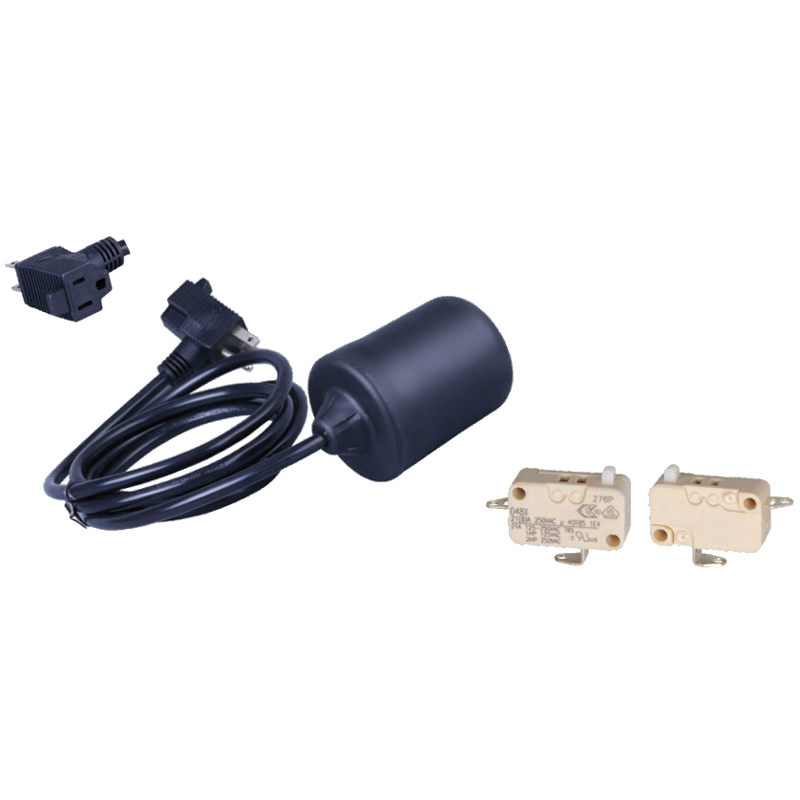Nylon: suitable for many oils, diesel, organic chemicals and MEK-based printing inks.
Polypropylene (PP): suitable for many acids and alkali, detergents, inorganic and organic chemicals, oils and water.
Polyphenylene sulphide (PPS): suitable for many of the more aggressive chemicals and higher process temperatures, up to 120ºC.
Buna/Nitrophyl: suitable for many oils, diesel, petrol and water (non-potable applications).
D300 foam (PVC): suitable for most hydraulic oils and many chemical solutions.
Stainless steel: suitable for most medical and food applications, chemicals, hydraulic fluids, fuel oils and applications with process temperatures up to 135ºC.
Selection of the most suitable materials for both float switch and gasket can be made by referring to a 'Chemical Compatibility' table. These tables provide a good indication of the suitability of the various float switch materials in a wide range of liquids. For some process liquids, it may be necessary to obtain a sample float switch in order to test the compatibility.


